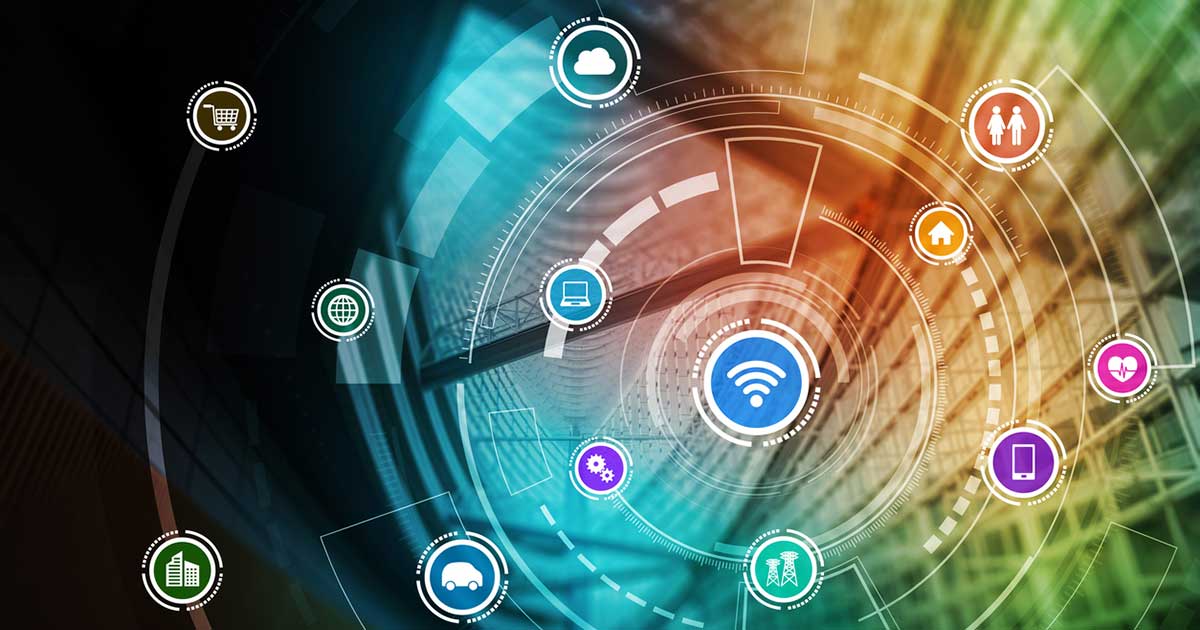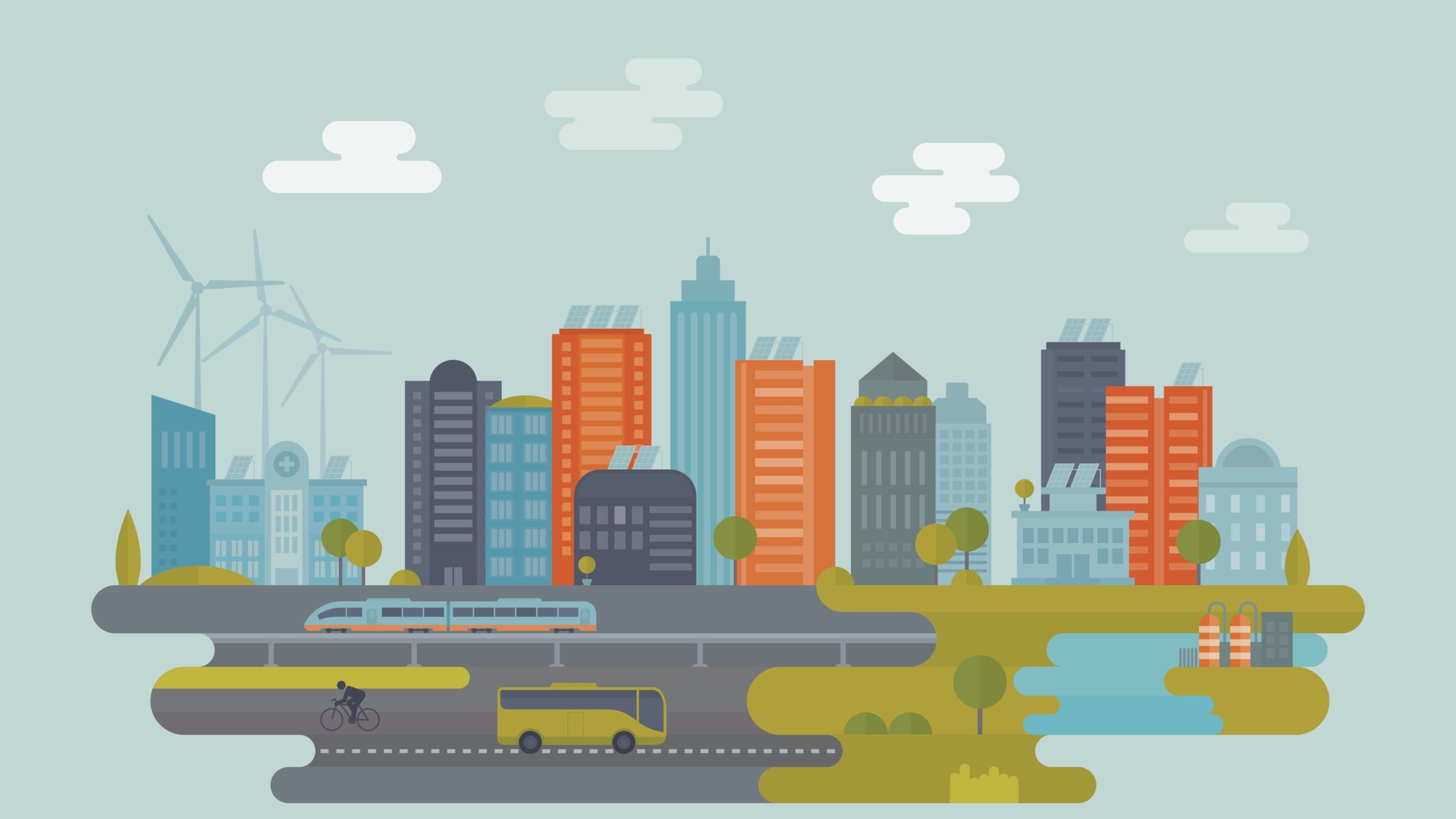In the most basic (and driest) of terms, Wikipedia defines smart cities as: “an urban area that uses different types of electronic data collection sensors to supply information which is used to manage assets and resources efficiently.”
Not quite as exciting as when your smart fridge can tell you it’s time to buy milk. But if we look at the technologies behind what makes a city smart, and how they’re being implemented, it turns out there are some very exciting and fascinating things happening.
Here are some of the key technologies driving the smart-city revolution, and how they might impact your urban experience:
Real-time parking
One of the key implementations of building a smart city begins by adding sensors. Everything from streetlights to sidewalks to water fountains can have sensors added, connecting them to a grid of information-collection systems.
So there’s a whole bunch of random data — how does that help the everyday citizen?
Transportation and mobility are a major concern for any city, and if you’ve ever tried finding a parking spot in downtown Denver near lunchtime during a workday, you know that parking can be an issue. Smart sensors placed in parking meters and parking lots may offer some relief.
While parking apps have been around for a while, and basic sensors can tell you whether a parking garage is full or not, smart parking technology takes things to a new level. As more sensors are installed and current sensors become connected to the city’s network, the magic starts to happen.
Imagine technology on your phone or car that can provide real-time parking information in an augmented-reality setting. Rather than circling the block endlessly, it already knows whether parking is available, right down to the exact spot, and can predict whether you’ll have time to make it to that spot based on other nearby vehicles and their proximity to the parking space. A route is instantly generated to guide you to the open spot or to a nearby garage with the best parking prices. This technology also sets the stage for autonomous cars, where vehicles can easily navigate themselves to the best parking spots without the driver ever noticing a thing.
Smart parking technology will ease congestion and bring efficiency to cities struggling with growing populations and increased demand for parking spaces.
Predictive analytics will make cities safer
A smart city is filled with data collection devices, and those devices are collecting a mind-boggling amount of data. Collecting the data is a critical first step, but it’s how that data is put to work that is truly driving the smart city revolution.
When you type a search into Google, it immediately begins to predict what you’re searching for, even personalizing the predicted terms based on whatever information Google can glean about you. It can feel like magic when it predicts what you were about to search for after you’ve typed only a word or two, but behind the scenes is a massive amount of data that is being interpreted and analyzed.
Imagine if this same predictive technology could be applied to the data smart cities are collecting.
A recent presentation from Stanford shows that public safety could be vastly improved through a multitude of potential use cases: identifying root causes of pedestrian and vehicular safety issues; integrating crime data with police and law enforcement; tracking fire safety in homes and buildings; and much more that can easily be imagined in a city where data is being put to good use.
The Internet of Things (IoT) — lots of things
When you hear of IoT technology, you might think of being able to control your thermostat with your phone. That’s a great example of what IoT tech is all about — connecting inanimate objects to a network that can relate connected assets to each other.
When everything from streetlights to busses are connected to each other, IoT tech is not just a force making cities smart, it is the force. This is evident in Denver’s involvement in the Colorado Smart Cities Alliance, a state-wide initiative designed to accelerate the development of Smart City initiatives in Colorado.
Arrow Electronics signed on as an IoT advisor — pretty significant since Arrow distributes billions of electronics components, many of them used specifically in IoT devices. Having Arrow as a mentor will help Denver and other Colorado cities navigate the market for the best products and applications in the IoT space.
As data is to predictive analytics, connected devices are to IoT. It’s great that every device in the city is connected to a network, but it only matters if the applications are actually enabling all the things we want smart cities to do: increasing efficiency, increasing safety and upping the overall quality of life.
The future of urban living
Suggested Reading:
The allure of smart cities is too promising, and too potentially lucrative, to ignore. Forbes forecasts that smart cities present a $1.5 trillion market opportunity. As more cities embrace the technology, support industries will be needed to fulfill the demands of an integrated smart-city infrastructure, providing a boost to local economies. Additionally, cities themselves stand to save massive amounts of money in reduced energy costs alone.
While we’re not going to wake up tomorrow with augmented-reality sidewalks, this technology is coming. With continued leadership, like the Colorado Smart Cities Alliance, urban citizens around the world have a bright, smart, future to look forward to.


